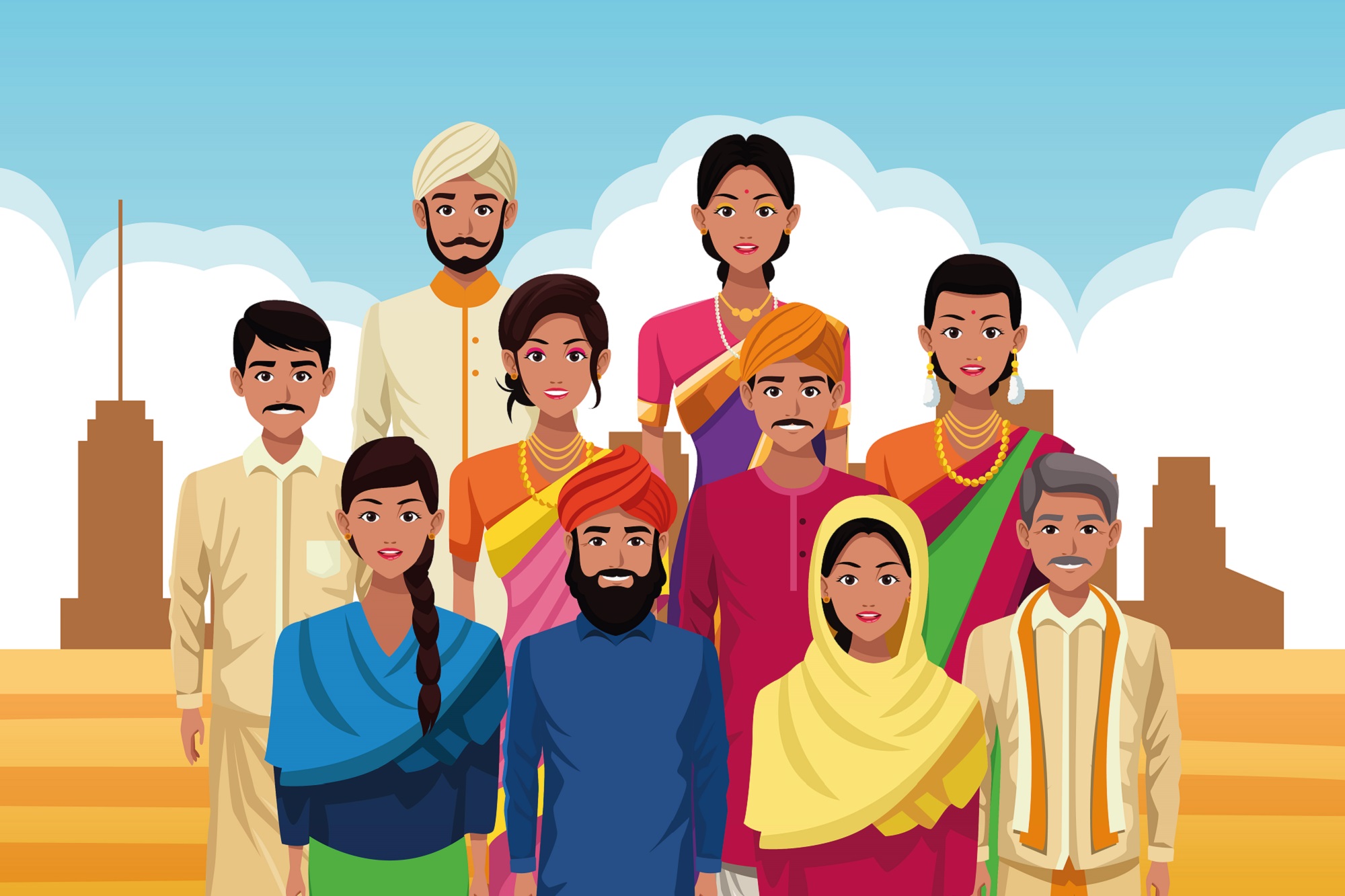"Equity in Opportunity: Understanding Caste Reservation."

"Equity in Opportunity: Understanding Caste Reservation."
Castebased reservations and affirmative action are social policies designed to address historical and systemic inequalities, particularly in the context of castebased discrimination in India. These measures aim to uplift marginalized and underprivileged communities by providing them with opportunities and resources that were historically denied to them. The concept of reservations and affirmative action has been a subject of considerable debate and controversy, reflecting the complex social and political landscape of India. Historical Context: To understand the need for castebased reservations and affirmative action, it is essential to delve into the historical context of castebased discrimination in India. The caste system, an ancient social hierarchy, divided society into rigid categories with Brahmins priests at the top and Dalits formerly known as untouchables at the bottom. This hierarchical structure resulted in severe social, economic, and educational disparities, with certain communities facing systemic discrimination for centuries. Evolution of CasteBased Reservations: Origin of Reservations: The idea of reservations in India dates back to the colonial era, with the British introducing the concept to address the social and economic backwardness of certain communities. The framers of the Indian Constitution recognized the need for affirmative action to uplift historically disadvantaged groups. Dr. B.R. Ambedkar, a key architect of the Constitution, played a pivotal role in advocating for these measures. Constitutional Provisions: The Constitution of India, adopted in 1950, includes provisions for reservations under Article 154 and Article 164. These articles allow the state to make special provisions for socially and educationally backward classes and Scheduled Castes SCs and Scheduled Tribes STs in educational institutions and public employment. Reservation Categories: The reservation policy primarily targets Scheduled Castes SCs, Scheduled Tribes STs, and Other Backward Classes OBCs. The percentage of reservations varies across states and union territories, and there are also quotas for women, economically weaker sections, and other marginalized groups. Objectives of CasteBased Reservations and Affirmative Action: Social Equality: The primary goal is to promote social equality by providing opportunities for historically marginalized communities in education, employment, and public services. Reservations aim to break the cycle of poverty and empower underprivileged groups. Inclusive Development: Affirmative action policies are designed to ensure that development is inclusive and reaches all sections of society. By addressing historical injustices, these measures aim to create a more equitable and just society. Representation: Reservations also aim to ensure adequate representation of historically marginalized communities in various spheres of public life, such as government, bureaucracy, and educational institutions. Criticisms and Controversies: Creamy Layer and Economic Criteria: Critics argue that reservations should be based on economic criteria rather than caste alone. The concept of the 'creamy layer' refers to affluent individuals within reserved categories who continue to benefit, leaving the truly disadvantaged without adequate opportunities. Stigmatization and Reverse Discrimination: Some argue that castebased reservations perpetuate stereotypes and stigmatize certain communities. There are concerns about reverse discrimination, where individuals from higher castes feel marginalized or disadvantaged. Erosion of Meritocracy: Critics contend that reservations compromise meritocracy, as candidates may be selected based on their caste rather than their qualifications or skills. Inadequate Implementation: Despite constitutional provisions, the effective implementation of reservations has faced challenges. In some cases, there are allegations of misrepresentation of caste, leading to the benefits not reaching the intended beneficiaries. Affirmative Action Beyond Reservations: Education: In addition to reservations, various educational initiatives, scholarships, and support programs have been implemented to ensure access to quality education for marginalized communities. Economic Empowerment: Affirmative action extends beyond reservations to economic empowerment programs, providing financial assistance, subsidies, and entrepreneurial support to marginalized groups. Political Representation: Many states have also implemented reservations for SCs, STs, and OBCs in local bodies and legislative assemblies to ensure their adequate representation in the political sphere. The Way Forward: Review and Reform: Periodic reviews and reforms are essential to ensure that affirmative action policies are effective and aligned with the evolving social and economic landscape. Focus on Education: Emphasizing education as a tool for empowerment is crucial. Improving the quality of education and expanding access to educational opportunities can contribute significantly to breaking the cycle of poverty. Addressing Intersectionality: Recognizing and addressing intersectionality the interconnected nature of social categorizations is vital. Some individuals may face multiple forms of discrimination based on caste, gender, or economic status. Public Awareness: Increasing public awareness about the historical injustices and the rationale behind affirmative action is crucial to garner support and address misconceptions. Conclusion: Castebased reservations and affirmative action have been instrumental in addressing historical injustices and promoting social equity in India. While these measures have contributed to the upliftment of marginalized communities, challenges and controversies persist. Striking a balance between addressing historical injustices and ensuring a meritocratic system remains a delicate task. It is imperative to continue evolving and adapting these policies to meet the changing needs of society, with a focus on holistic development and inclusivity. Through a combination of reservations, educational initiatives, and economic empowerment, India can work towards creating a more just and equitable society for all its citizens.